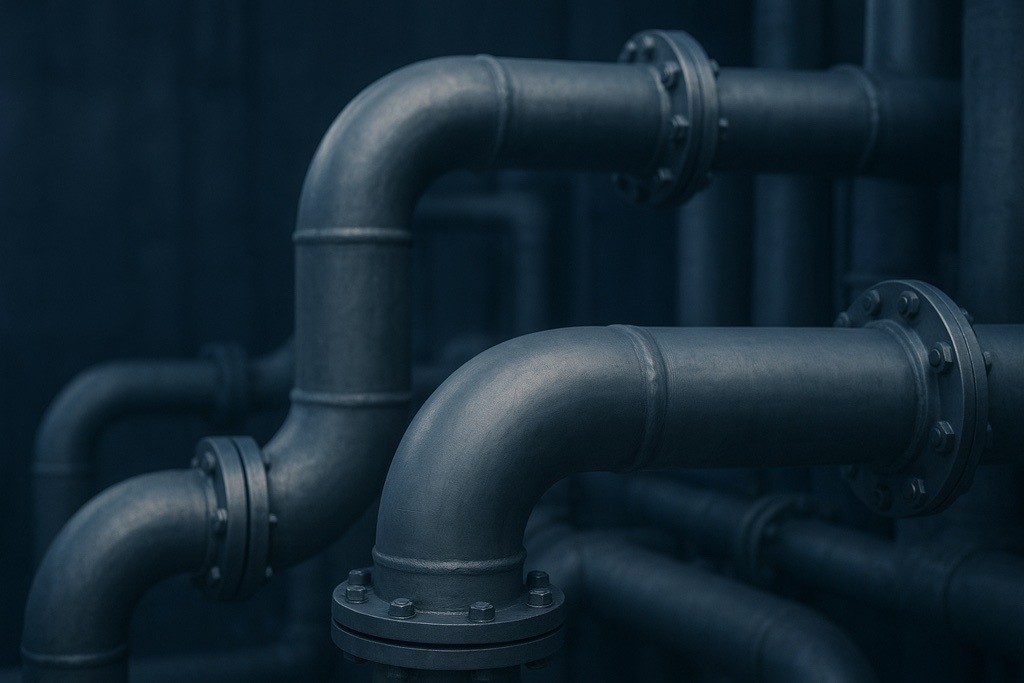When it comes to industrial infrastructure, piping systems are the silent backbone that keep operations running smoothly. Whether you’re managing a manufacturing plant, a water treatment facility, or an oil and gas project, selecting the right pipes can make the difference between long-term efficiency and costly maintenance issues.

Before choosing any material or size, start with the basics: what will your pipes carry and under what conditions?Temperature, pressure, flow rate, and chemical exposure are critical factors. For example, steel or stainless steel pipes are ideal for high-pressure or high-temperature applications, while PVC or HDPE pipes are excellent for water and chemical transfer due to their corrosion resistance.
Pro tip: Clearly define your system’s purpose and operational limits before comparing materials or suppliers.
Different industries require different materials. Here’s a quick breakdown of the most common ones:
• Carbon Steel: Strong and durable, suitable for high-pressure fluids and steam.
• Stainless Steel: Resistant to corrosion; perfect for food processing, chemical, and pharmaceutical industries.
• PVC (Polyvinyl Chloride): Lightweight and cost-effective for low-pressure systems.
• HDPE (High-Density Polyethylene): Flexible and corrosion-resistant, often used in water and gas lines.
• Copper or Brass: Ideal for smaller-scale or specialty applications with specific temperature or hygiene requirements.Selecting the wrong material can lead to leaks, corrosion, or premature failure — all of which can be expensive to fix.
Piping systems don’t exist in isolation. The installation environment plays a key role in determining performance and lifespan.Outdoor installations may require UV-resistant materials, while underground pipes must handle soil pressure and moisture.Also, take into account factors like vibration, movement, and accessibility for future maintenance.
Always choose pipes and fittings that comply with industry standards such as ASTM, ANSI, ISO, or API.Certified materials ensure consistent quality, proper tolerances, and reliable performance under pressure. Partnering with suppliers who follow these standards also helps you meet safety regulations and avoid compliance issues.
Even the best pipes can fail if they’re not installed correctly.Make sure your contractor follows proper alignment, sealing, and testing procedures. Once installed, set up a regular maintenance schedule to check for wear, leaks, and pressure irregularities. Preventive maintenance not only extends lifespan but also keeps operations running efficiently.
Choosing the right industrial pipes isn’t just a technical decision — it’s a long-term investment in your project’s safety, efficiency, and profitability.By considering material, environment, standards, and proper installation, you’ll ensure a system that performs reliably from day one.
At Calpiping, we specialize in providing high-quality industrial piping solutions tailored to your project’s specific needs — from design to installation. Contact us today to find the perfect fit for your next project.








